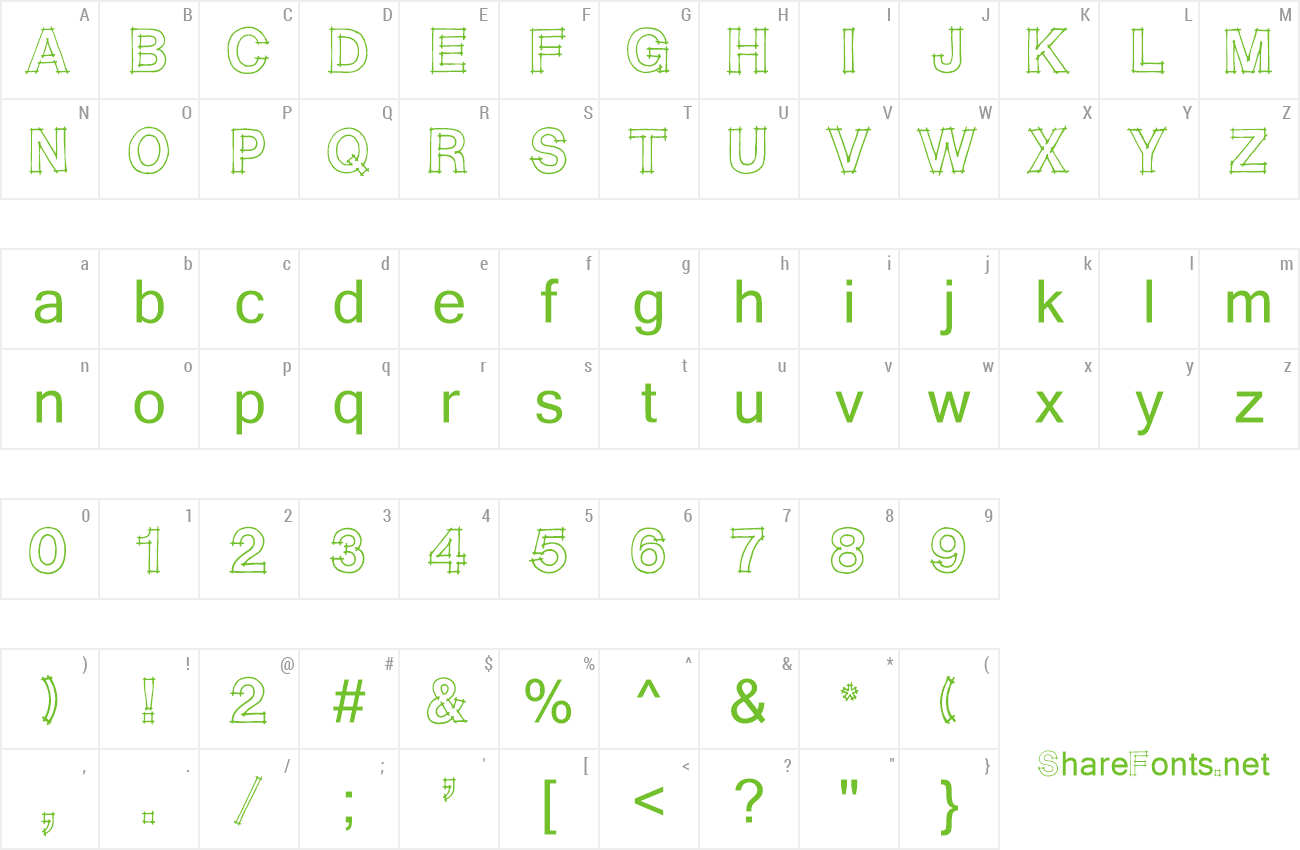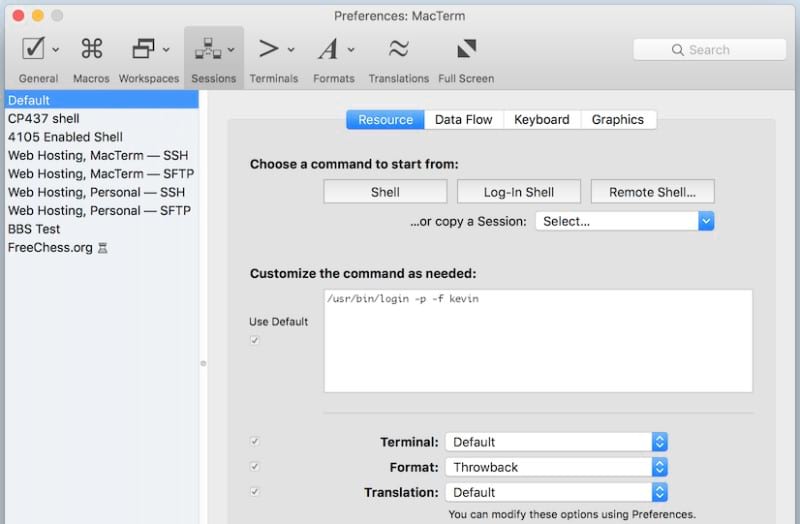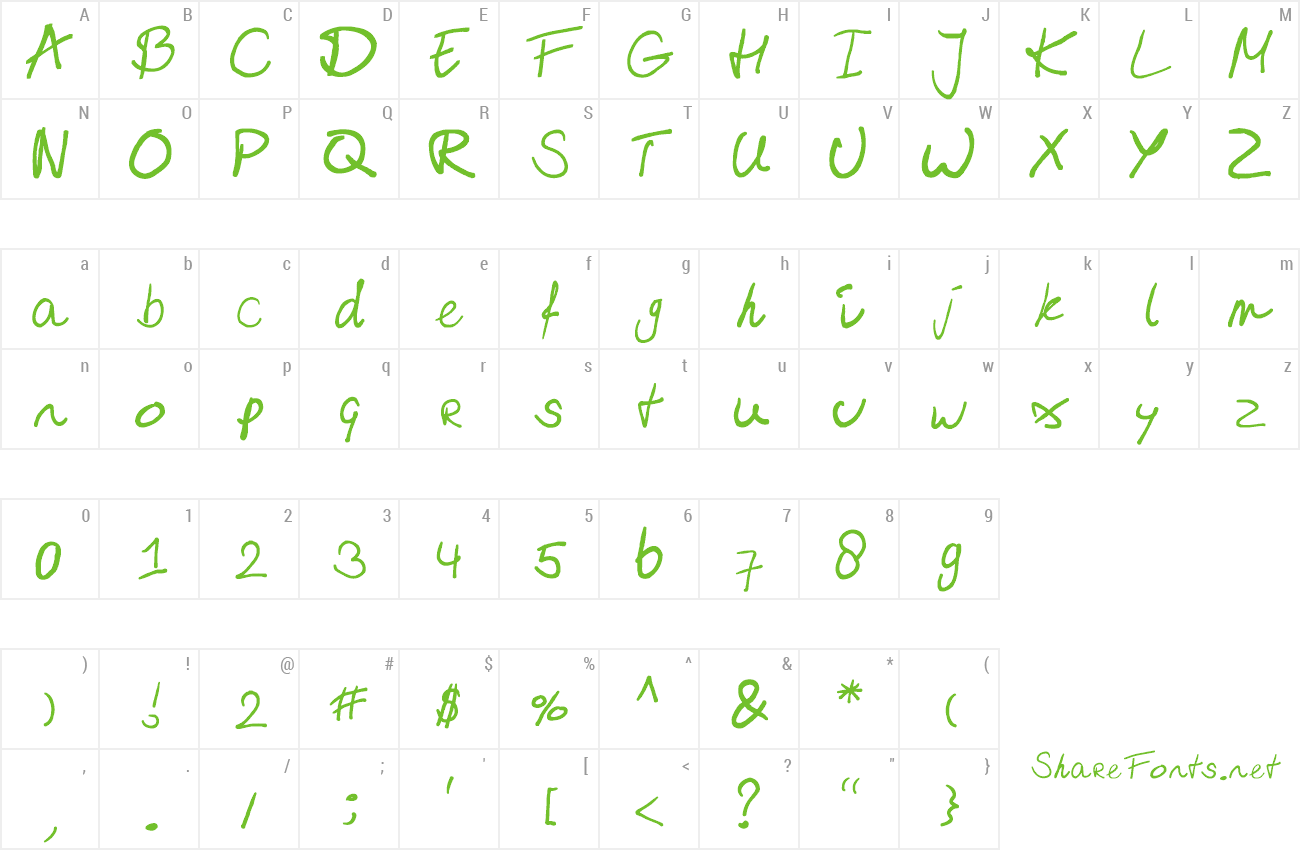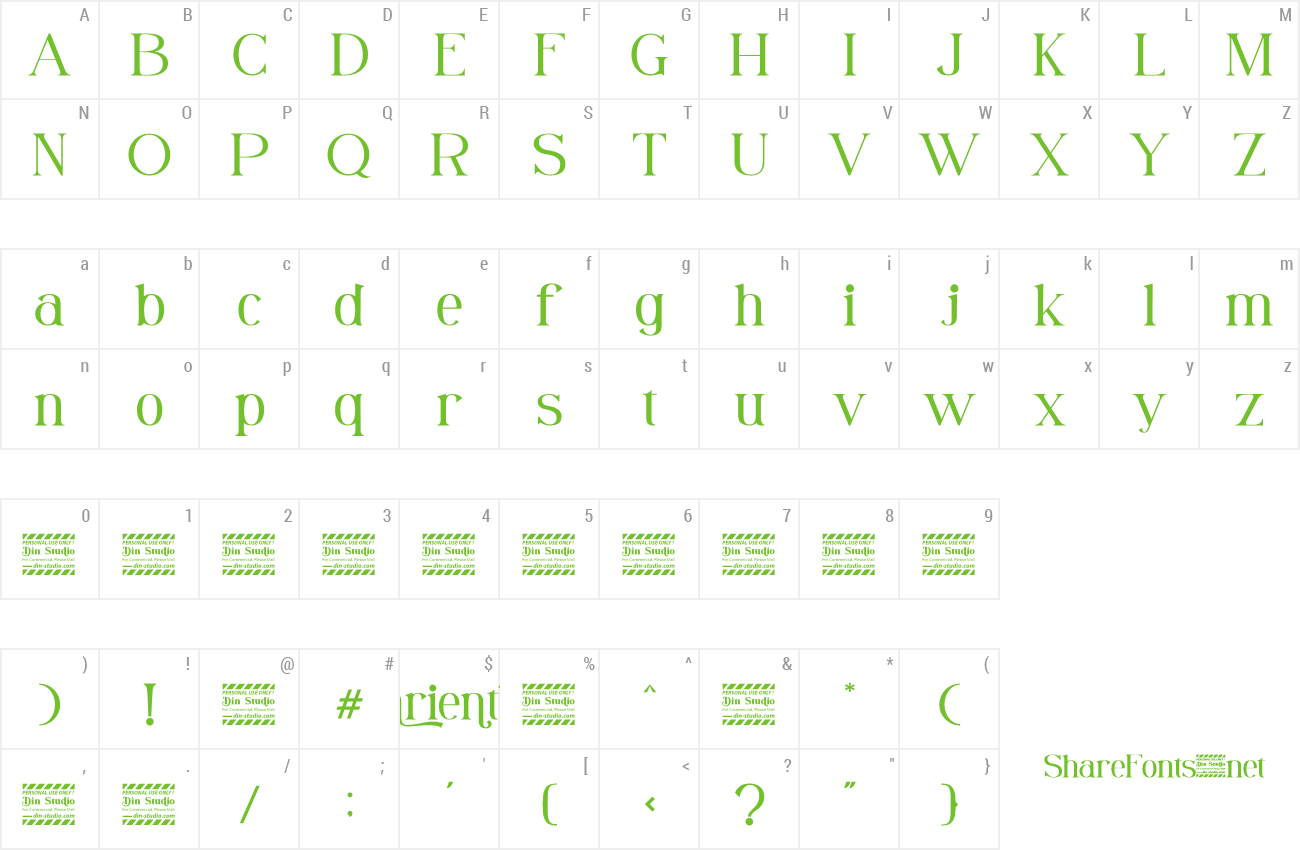

Mike Billars for his C-version of Pacman for the console, after which this Ada version was modelled (gnu gpl).
#Macterm font plus
Serhiy Grabarchuk and Peter Grabarchuk for their "Hole in One", "Hole in One plus 4", and "Nine" puzzles.
#Macterm font full
You may read the full text of the GNU General Public License GNU General Public License for more details. MERCHANTABILITY or FITNESS FOR A PARTICULAR PURPOSE. This program is distributed in the hope that it will be useful,īut WITHOUT ANY WARRANTY without even the implied warranty of
#Macterm font software
The Free Software Foundation, either version 3 of the License, or It under the terms of the GNU General Public License as published by This program is free software: you can redistribute it and/or modify * (1).(5): mix higher values are more difficult. Pressing the (home) key on a typical keyboard produces the character 'H'. * note the original order, and blank location Ī character in an adjacent row, column, or layer may be moved to the empty space using the keyboard. The elements are labelled with the english alphabet.īoth the "caz" and "c7" puzzles work the same: Here, the elements are labelled 1.7.Ĭaz is a flat representation of a 3x3x3 cube with one cubelet missing that allows sliding permutations.
#Macterm font manual
Note that manual selection is not always necessary, as there is an auto-select mechanism for those times when only one selection may move in a given direction.Ĭ7 is a flat representation of a 3D 2x2x2 cube with one cubelet missing that allows sliding permutations. You can reset a puzzle by typing "+" then "-".įirst, one selects a vehicle or block by typing its identifier letter. The "+" and "-" keys (next, previous) are used to cycle through the large number of predefined puzzles. At any time you may press the (=)-key to begin stepping toward a solution. The objective is to move the red block to a specified goal position.Ī stand alone autosolver, bfsl, is provided, but now, an autosolver is embedded into these games. # CoTerminal-BlockSlide (cslid.adb), CoTerminal-DirtyDozen (cdd.adb)Ĭolored, non-graphical Block Slider puzzle games designed to run in a terminal window.Ĭolored blocks of letters can be moved horizontally or vertically wherever there is space.

Note that the last digits in each puzzle name represents the minimum number of moves to win.Ī stand alone autosolver, bfsr, is provided, but now, an autosolver is embedded into this game.

The objective is to move them around lengthwise in order to be able to get red car "a" to the exit, which is either at the right or top of the garage. Horizontal and vertical strings of letters represent cars and trucks in a crowded parking garage. Simply use the windows version because special measures (priority-controls) are necessary on Windows to achieve arcade-level response.Ĭolored, non-graphical Traffic-Rush puzzle game designed to run in a terminal window. Windows users note: I suggest that you DO NOT try using the linux executables under WSL. Then use the keyboard arrow keys to highlight the desired game, and hit (enter)-key. On Windows type "winterm.bat" or "w32term.bat" * arrow-keys or WASD or IJKL for movement Īll puzzles & games can now be launched from the selector app thusly: You should have a short key-delay and fast repeat rate setting.

See a visual of the 10 puzzles in the image "./puzzles.png". Includes rpn(calculator), cinv(SPACEINVADERS), cpac(Pacman), cfrog(Frogger) and 10 puzzle games that use ascii characters only: crush(rush-hour), cslid(klotski), c7(flat7), caz(flatAZ), csok(sokoban), chio(hole-in-one), chio4(hole-in-one+4), c9(nine), cdd(dirty-dozen), cpan(panama) Rebuildable using the free GNAT GPL Ada compiler. Uses runtime-priority control in Windows console terminals. Now with sound but still extremely portable. Is a collection of non-graphical, ascii-character puzzles & games that run in a commandline terminal on msWindows, OS-X and Gnu/Linux.


 0 kommentar(er)
0 kommentar(er)
